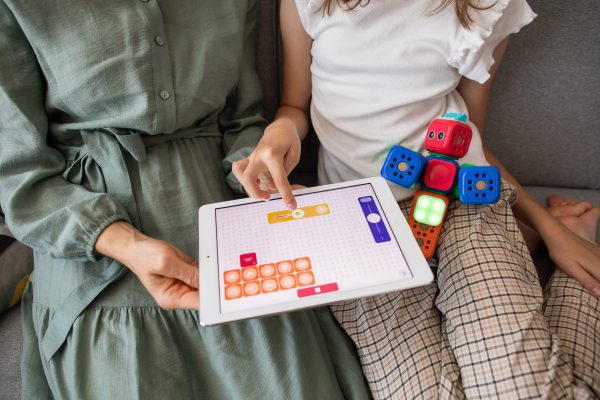Do you want help running craft projects for your elementary students? You’ve come to the right place! Craft projects are a great way to teach children new skills and help them explore their creativity. But knowing how to run a successful craft project can take time and effort.
That’s why we’ve compiled this list of essential tips to help you create an engaging and rewarding experience for your students.
Craft Projects for Elementary Students
Choose a project that is appropriate for the age group and skill level of your students
First, you’ll need to consider the complexity of the craft project, the materials required, and any safety requirements. Be sure to consider any allergies or dietary restrictions by checking with your student’s parents. Once you’ve chosen a project, you’ll need to ensure it’s age-appropriate and the students can complete the task.
A few examples of age-appropriate crafts for elementary students include:
- Handprint Art
- Paper Mache Bowls or Animal Figurines
- Clay Sculptures
- Origami Animals
- Collages
Take the time to determine the most appropriate craft project for your class. This will make it go smoother and increase the enjoyment for your students.
Gather all the necessary supplies ahead of time
You’ll need all the necessary supplies to ensure a successful craft project. Gather the materials ahead of time so that you don’t waste time finding materials while teaching. You’ll also need to consider any extra supplies, such as glue or paint. Once you’ve gathered the supplies, you can divide them into individual containers and mark them with student names. This will help you make sure each student has the supplies they need.
Make a plan for how you will complete the project in class
You’ll need to decide how you’ll structure your class time. Creating a plan ahead of time is essential so you save time during the project. For example, spend the first 10 minutes discussing the craft project and showing examples of completed projects. Then, you can spend 30 minutes helping each student complete their projects. Lastly, you’ll need to plan for a 10-minute clean-up period at the end of class.
Explain the project to your students and help them get started

Once you’ve made a plan, it’s time to explain the project to your students. Be sure to provide step-by-step instructions and help them get started. You can also encourage students to use creativity and think outside the box. Essentially, you’ll want to be available to assist the students throughout the project if they need help. But you also don’t want to take away from the creative experience. So explain the instructions and support them as required.
Monitor their progress and assist as needed
Throughout the project, you’ll want to monitor your student’s progress and provide assistance as needed. This includes helping them stay on task and use the supplies correctly. You’ll also want to give them a chance to ask questions or talk about their ideas with you. As long as the students stay engaged, you can use this time to build their confidence and encourage them to take the initiative. That way, you’ll help them create a successful and rewarding craft project.
Encourage students to ask questions if they are unclear about what they need to do
Finally, you’ll want to make sure your students understand the instructions. Encourage them to ask questions if they need clarification about what to do. This will help them feel more comfortable and engaged. Plus, it will allow you to address any issues or misunderstandings before they become a problem.
Conclusion For Craft Projects for Elementary Students
Craft projects are a great way to help elementary students learn, grow, and create something meaningful. And before starting your project:
- Choose an age-appropriate project
- Gather all the necessary supplies
- Plan how you will complete the project in class
- Explain the project to your students
- Monitor your student’s progress and provide assistance as needed
Lastly, encourage students to ask questions if they need clarification. These tips will help your students create a successful and rewarding craft project.
One more thing – are you looking for a way to help your students hone their typing skills? Look no further than KeyboardingOnline! Our selection of interactive, entertaining programs is guaranteed to have your kids mastering the keyboard quickly. With games specifically designed to improve accuracy and speed, not only will your children be learning something new but also enjoying themselves in the process!
